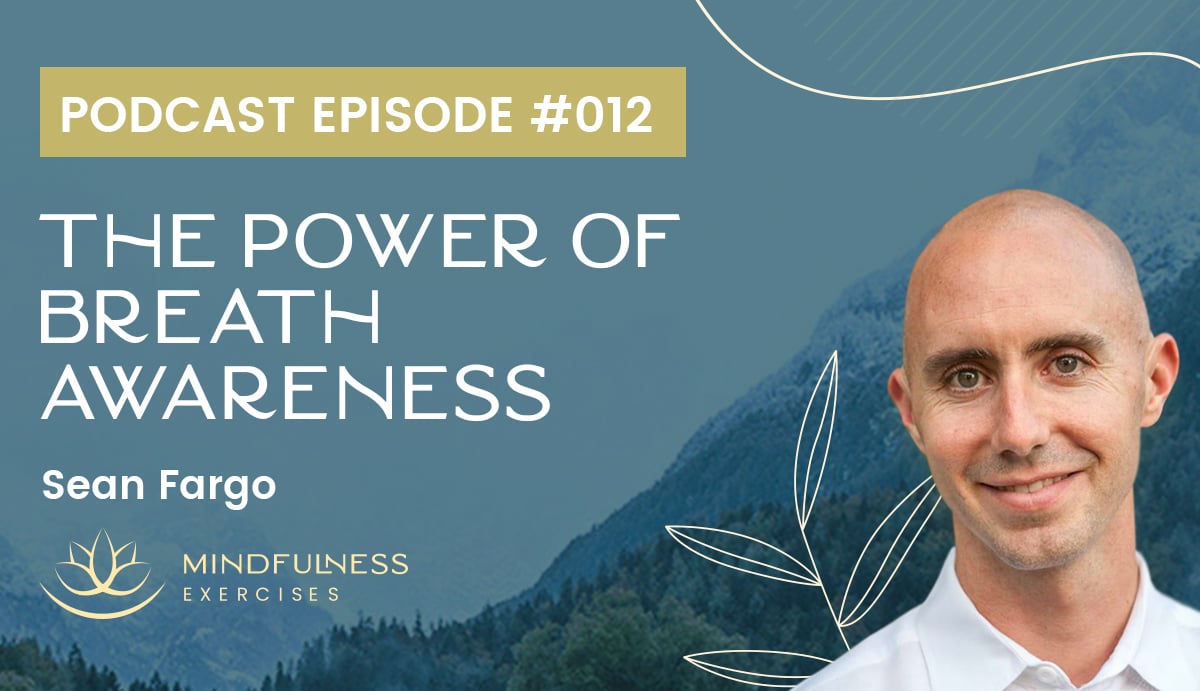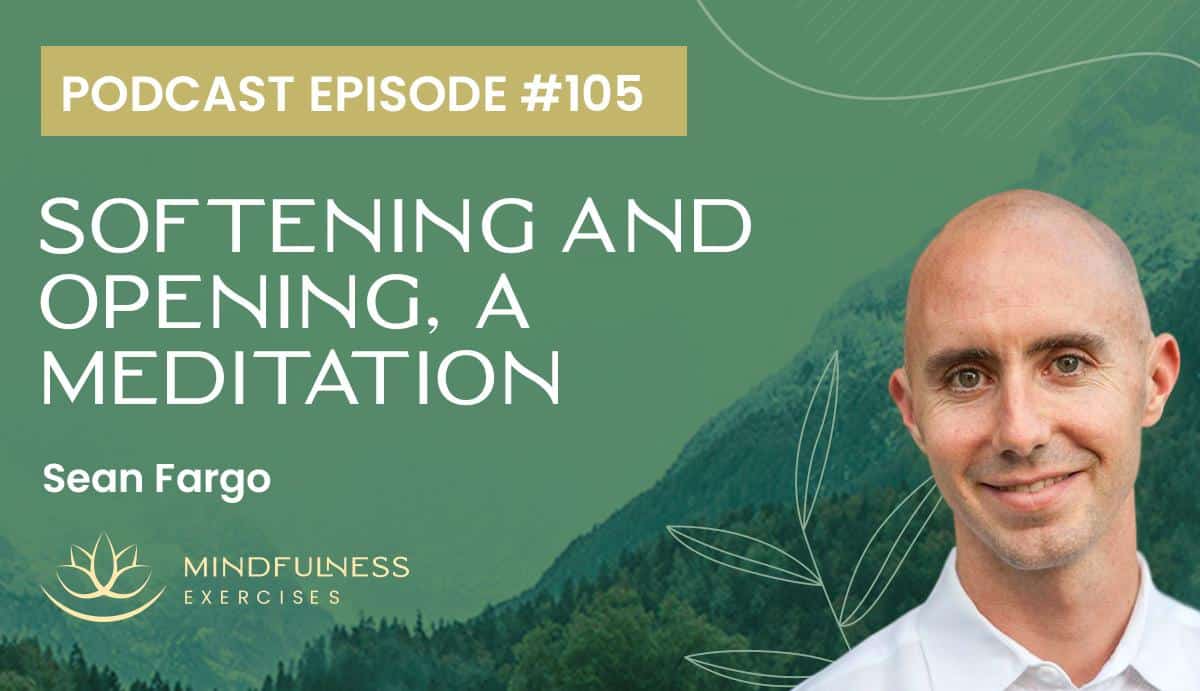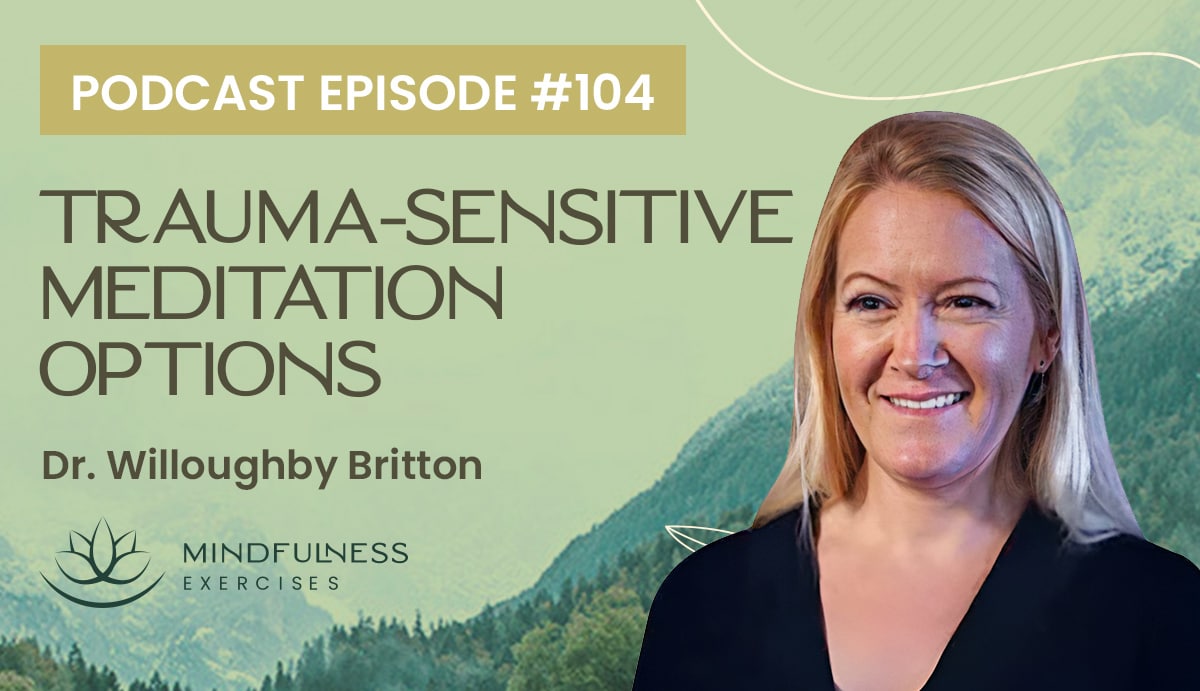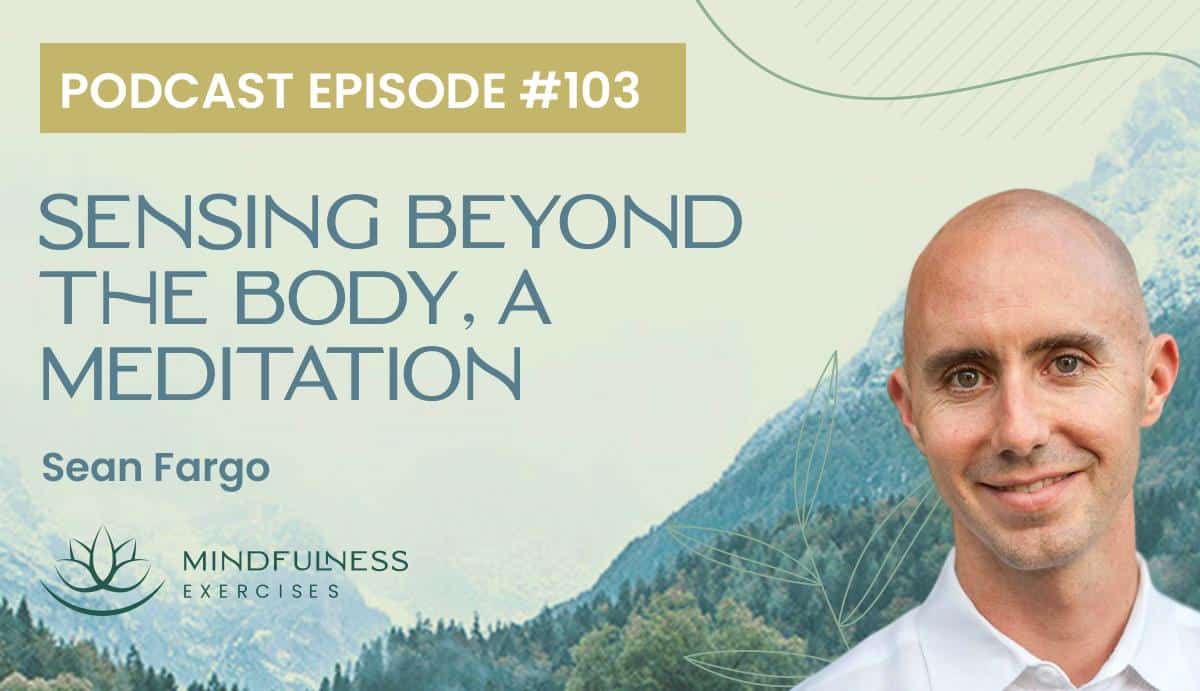Listen now

Although simple, mindfulness of breathing is quite powerful. This thousands-year old practice of sensing into each breath has withstood the test of time and today, remains with us as one of the most foundational - and most profound - mindfulness practices.
Breath awareness strengthens concentration, equanimity, compassion, joy and wisdom. And because the breath is always with us, in each and every moment, it’s forever available to anchor us to the present moment.
In this episode, we hear from Mindfulness Exercises founder Sean Fargo on the power of breath awareness. Sean shares his insights on the practice of mindful breathing, what mindfulness teachers should be aware of, and tells the story of how mindful breathing once saved his life.
This episode is brought to you by the Mindfulness Meditation Teacher Training Program. Learn more about this unique, online, self-paced certification program at teach.mindfulnessexercises.com
Show Notes:
The Importance of Kind Curiosity
As we meditate on the breath, distractions inevitably arise. If we meet those distractions with resistance, they push back and linger. Instead, we could choose to meet whatever arises during meditation with a welcoming, kind curiosity. This gentle friendliness and allowance, often referred to as the quality of non-judgment, can make it easier for us to return our attention to the breath. Developing this skill in meditation also helps improve our daily lives.
“Just like mindfulness of daily life, you know. Things happen, whether we plan for them or not, whether we like them or not. Can we meet each moment with a sense of friendliness, or openness or allowance, or just - non-judgment. And then choose where we bring our attention.”
Mindfulness of Breathing as a Complete Path
Mindfulness of breathing is often the first meditation we learn, but it also offers a complete path to enlightenment. Breath observation, although simple, walks us through a 16-step process that introduces us to the four foundations of mindfulness: Mindfulness of the body, feelings, the mind itself, and the true nature of reality.
“Something to play with and explore is this connection of all things. Breath entering the body, exiting the body, feeding the whole body. You know, feeding our whole life. It has profound implications.”
Addressing Perfection in Meditation
Sometimes, when we turn our attention toward the breath we notice our breath is rigid or forced, or we might attempt to control the breath. It’s normal to experience a sense of striving or desire for perfection in our meditations. In noticing this, we layer on judgment, or feel as if we’ve failed. Replacing judgment with curiosity is one solution that can help us relax again into a natural, more gentle flow of breath.
“I would invite an exploration of the sense of need. And maybe just sensing into the energy in the body behind the ‘should,’ or the need, or the striving itself. Kind of, opening to the striving. Like, what does that feel like, where can I feel that? Where is that coming from in the body?”
Advice on Breathing Techniques
Different breathing techniques affect the body differently. Slow nostril breathing, for example, cues the calming parasympathetic nervous system, while short breaths through the mouth activate the sympathetic nervous system, and can be more energizing. We can experiment with different breathing techniques, but also, just noticing what our breath is like in different situations, at different times of day has lots to teach us.
“There’s no right or wrong. The main thing is to continually notice what it feels like to be breathing.”
As a Teacher, How Much Should You Say?
When guiding meditation as a mindfulness teacher, it can be challenging to know how much to say versus how much silence to allow. Beginners may need more guidance, while those who’ve been practicing for longer may like to sit with longer periods of quiet space. Strengthening our own mindfulness practice can offer insight into these types of challenges.
“I think a lot of it boils down to the actual experience of the meditation and just kind of feeling into it. And you know, doing the practice yourself as much as you can while leading it, to get a sense for - does this feel a little too quick? Or, does this make sense?”
The Lifesaving Benefits of Mindful Breathing
Sean addresses how certain types of breathing may trigger a fear or stress response in some people. Thus as teachers, it’s very important to be mindful if suggesting to students how to breathe. Typically, there are no instructions other than the invitation to breathe calmly through the nose. In recalling this, Sean shares a story of how mindfulness of breathing once saved his life. The benefits of mindful breathing are both subtle, and profound.
“There’s a lot of power in the simplicity of just breathing. [...] This practice saved my life.”
Resources

About Sean Fargo
Sean Fargo is a former Buddhist monk and the founder of Mindfulness Exercises. The online platform, which has shared free and premium mindfulness resources with over 3 million people worldwide, has now certified over 500 Mindfulness Teachers.
Sean is the lead instructor for the teacher training program, a unique self-paced approach which invites world-renowned mindfulness teachers to share their insights and experiences. Sean has taught mindfulness and meditation for corporations including Facebook, Google and Tesla and for health and government organizations, prisons and hospitals around the world.







